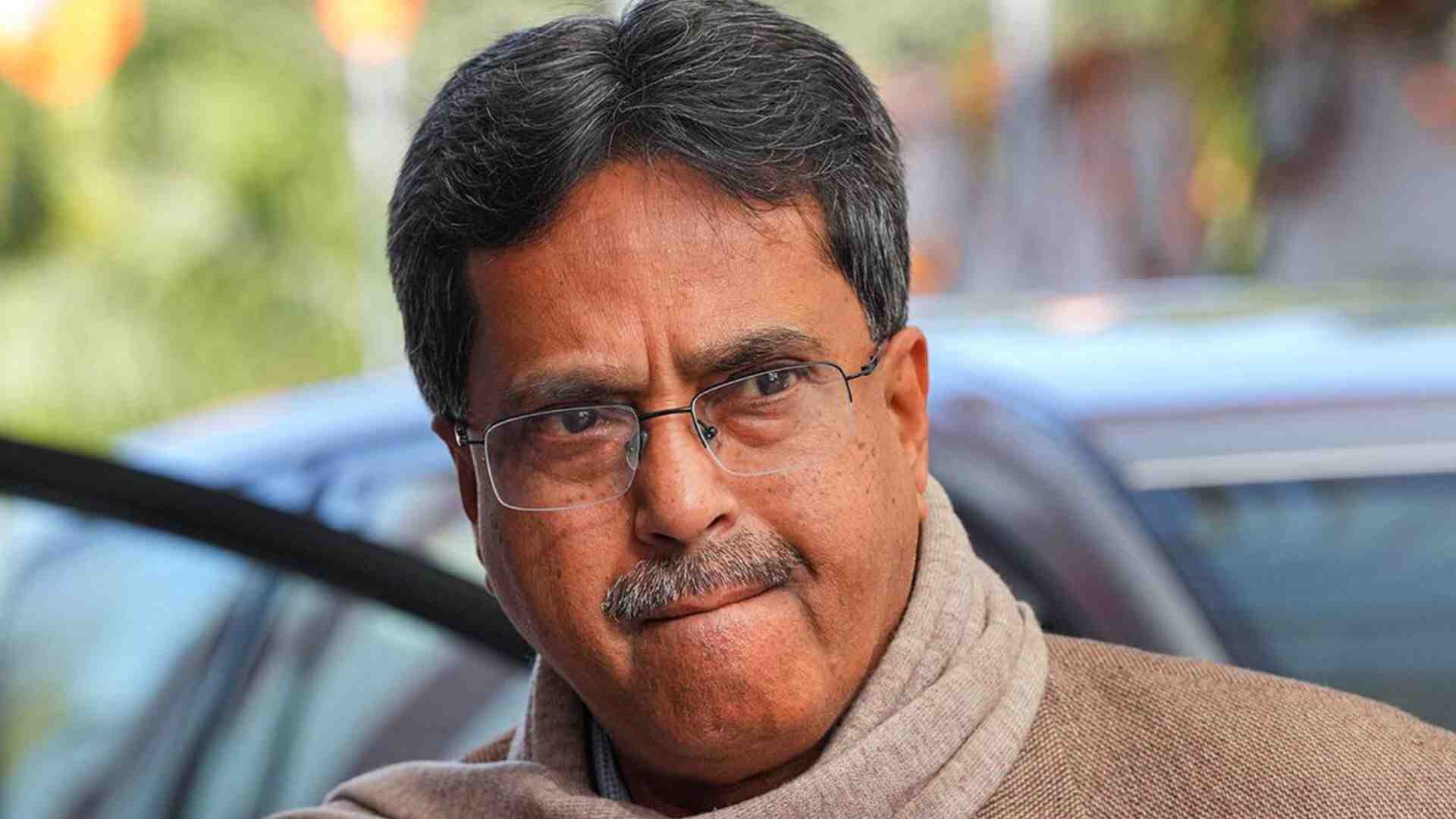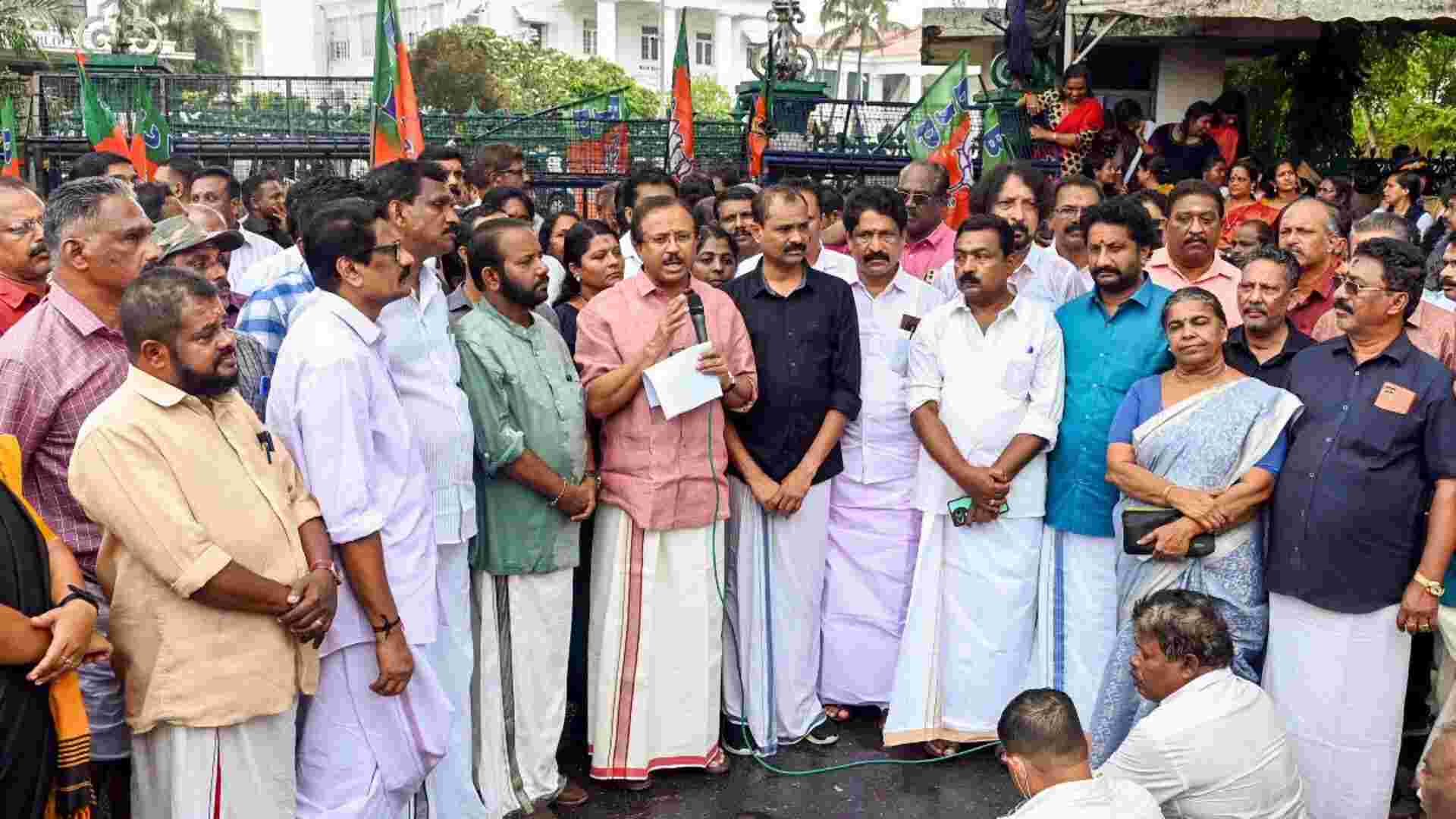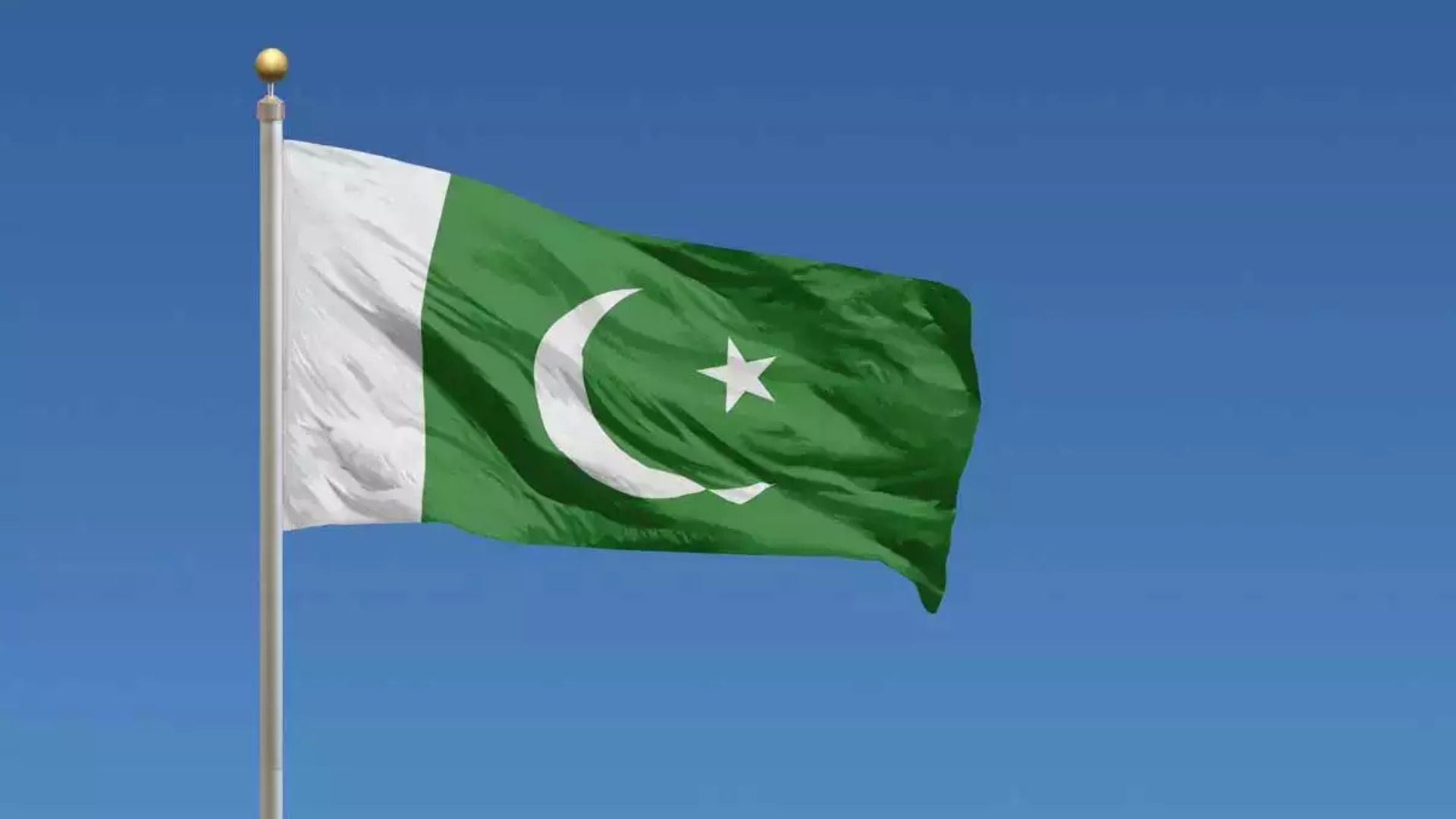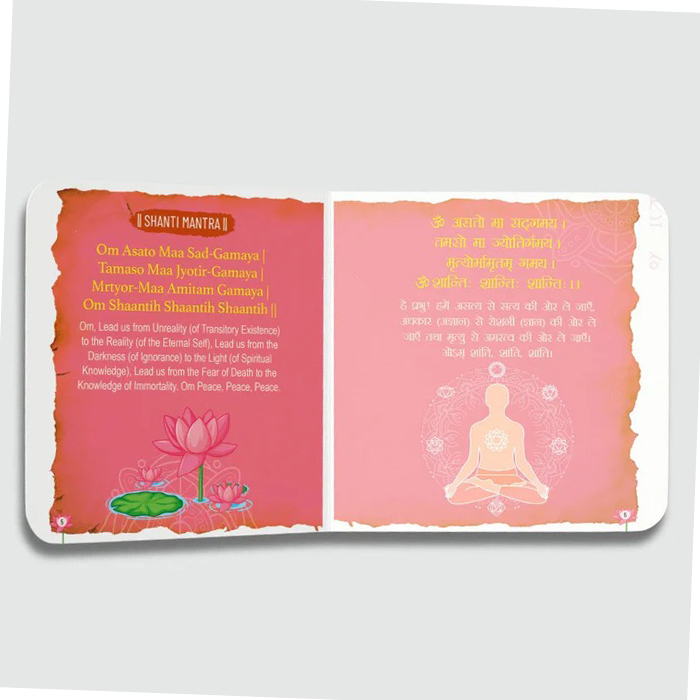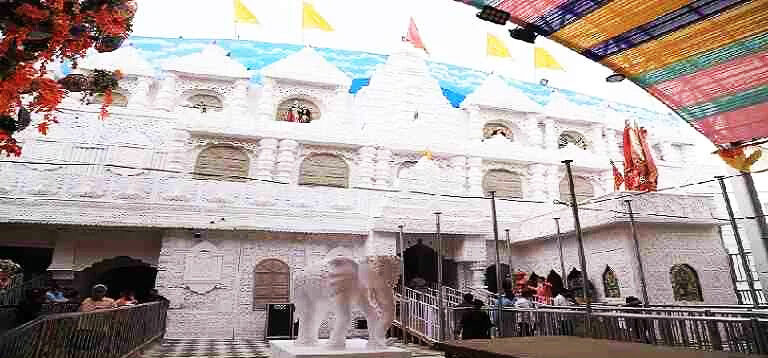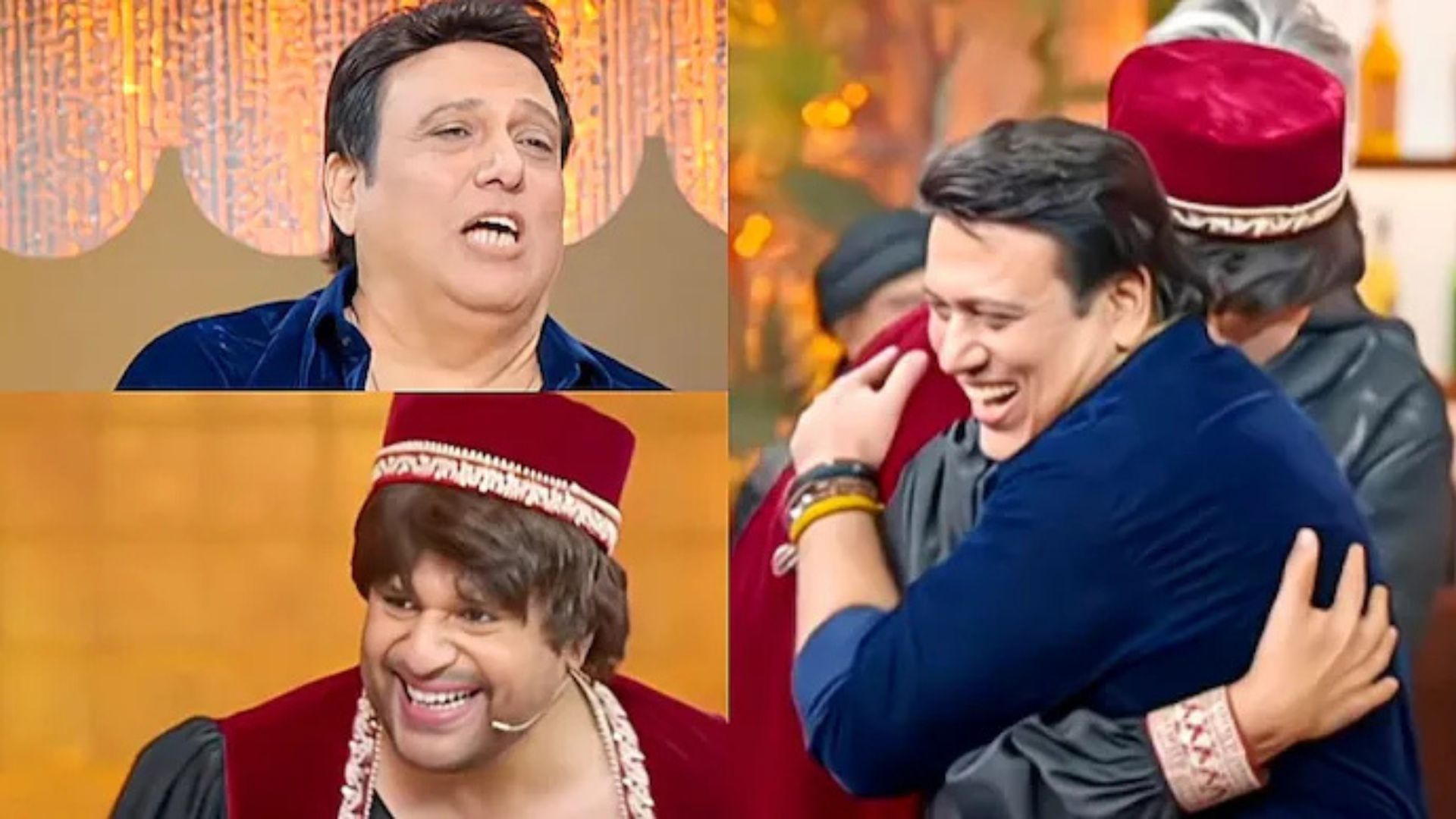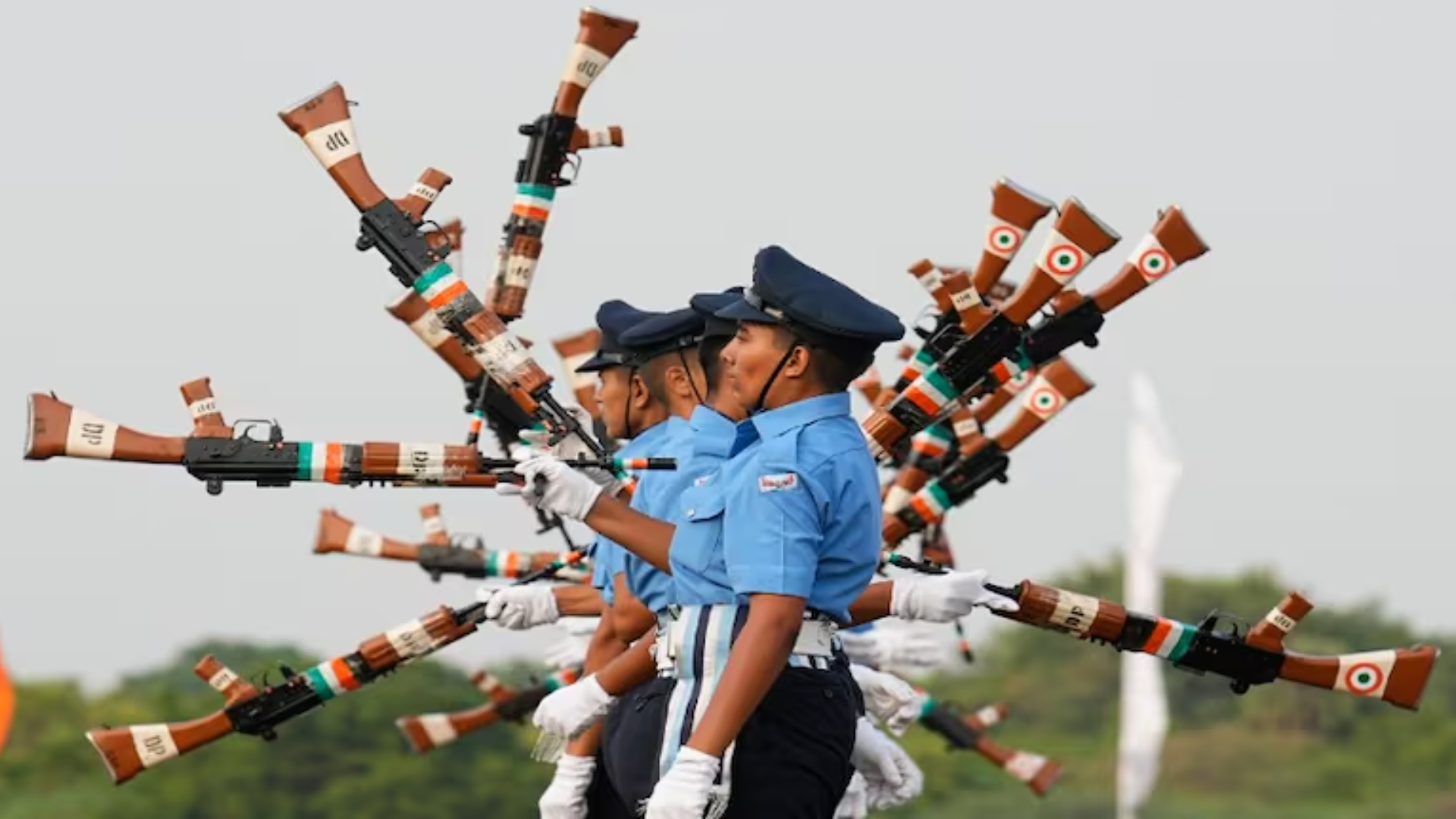
The Agnipath scheme, introduced by the Bharatiya Janata Party (BJP)-led government in June 2022, has faced significant opposition from political parties and Armed Forces veterans. The scheme’s contentious nature became a central issue in the election campaigns of the INDIA bloc in key states such as Punjab, Haryana, Himachal Pradesh, Uttar Pradesh, Bihar, and Rajasthan. These states have a high number of individuals aspiring for careers in the Armed Forces, making the Agnipath scheme a critical electoral issue.
The BJP’s performance in these states suggests that opposition to the scheme resonated with the electorate. This backlash has now extended to crucial BJP allies, including Nitish Kumar’s Janata Dal (United) and Chirag Paswan’s Lok Janshakti Party, who are demanding a review of the scheme. With the BJP falling short of a majority in the Lok Sabha, the calls from these alliance partners for a reassessment of the Agnipath scheme add pressure on the government to reconsider its stance.
The Agnipath scheme targets recruits aged 17.5 to 23 years, expanding the upper age limit from the previous 21. These recruits, known as ‘Agniveers,’ serve for four years. After this period, up to 25% of them may be offered permanent positions, extending their service by 15 years based on merit and organizational needs. This scheme opened new opportunities for women in the Indian Air Force (IAF) and Navy.
Agniveers receive a monthly salary ranging from Rs 30,000 to Rs 40,000, plus risk and hardship allowances. They contribute 30% of their salary to the Seva Nidhi fund, matched by the government, resulting in a lump sum of approximately Rs 11.71 lakhs at the end of their service, tax-free. In case of death or disability, substantial compensation is provided to their families.
A significant change introduced by Agnipath is the absence of pensions for Agniveers, except for the 25% who continue beyond the initial four years. This measure aims to reduce the Armed Forces’ permanent personnel and, consequently, the defence pension bill—a long-standing concern for the government.
The government has touted Agnipath as a means to create a younger, more dynamic Armed Forces. Defence Minister Rajnath Singh described it as a transformative initiative to modernize the forces. The scheme aims to lower the average age of military personnel from 32 to 26 years.
Additionally, the government argues that Agniveers, post-service, will contribute positively to society with their acquired skills and discipline, potentially boosting economic productivity and GDP growth. Support mechanisms, such as skill certificates and bridge courses, have been promised to assist Agniveers in transitioning to civilian careers.
The scheme has faced strong opposition. Critics argue that Agnipath creates a tier of soldiers with inferior pay, benefits, and career prospects compared to those in full commission. This perceived inequality has fueled discontent, particularly among those who view military service as a means to economic stability.
Political figures, including Rahul Gandhi, have voiced concerns about the discriminatory nature of the scheme. Multiple parties, such as Congress, AAP, RJD, and Samajwadi Party, have demanded its repeal.
The government has signaled a willingness to modify the scheme, provided it does not compromise the objective of maintaining a youthful Armed Forces. An internal assessment by the military services is underway to evaluate the scheme’s impact, with recommendations to be submitted to the Department of Military Affairs.
